Thinking About Helping Your Kids Buy a Home? You’re Not Alone.
Help your kids become Homeowners

Are your kids considering moving away because they can’t afford to buy a home in California?
How would you feel if you couldn’t see your grandkids as often as you’d like?
You’re not the only one facing this dilemma. Many parents and grandparents are heartbroken watching their families drift farther away—not because they want to, but because the cost of homeownership is forcing them to leave Southern California.
The truth is, your children may have good jobs and steady income. They may even be able to afford a monthly mortgage payment. But what’s stopping them? It’s that big, intimidating down payment.
The Good News: You Can Help—Without Jeopardizing Your Retirement
If you own your home and plan to stay there, you may be sitting on a powerful asset that can change everything: your home equity.
Instead of dipping into your savings, cashing out retirement accounts, or co-signing on loans, there’s another option. You can tap into your housing wealth and use it to gift a down payment—all without giving up your home or taking on monthly mortgage payments.
This strategy allows you to make the same gift your kids or grandkids would likely inherit one day, but you get to give it now—when it truly makes a difference.
Real Story: A Gift That Kept the Family Together
Meet a couple in their early 70s living in San Diego County. Their home is worth $2.5 million, and they still have a $300,000 mortgage. Their children—successful professionals—are renting and can’t compete in today’s housing market.
The couple didn’t want to sell stocks or touch their retirement savings, so they looked into a reverse mortgage. With the right guidance, they unlocked $875,000 from their home equity. Here’s how they used it:
- Paid off their $300,000 mortgage
- Gifted $300,000 to their kids for a down payment
- Kept the remaining $275,000 in a line of credit for future needs
Now, their children own a $1.5M home. The parents continue living in their home with no required monthly mortgage payments—only taxes, insurance, and upkeep. And the best part? Their grandchildren live just 15 minutes away.
What Would It Mean to You?
- Would you like to help your kids own a home nearby?
- Would it bring you peace of mind to keep your family close?
- Would it feel good to see the impact of your gift while you’re here to enjoy it?
With the right strategy, you can help create generational wealth and protect your own retirement at the same time.
Let’s turn your home into more than just a place to live—it can be a way to keep your family close and your legacy alive.
Disclaimer:
Retirement In Reverse is a mortgage company dedicated to serving older adults, financial planners, and wealth managers with a strong focus on education and informed decision-making. While we strive to provide helpful information on a variety of topics, we are not experts in all areas. That’s why we collaborate with a trusted network of professionals—including attorneys, tax advisors, and financial planners—to help connect you with the right expert based on your individual needs. The information provided in this article is for educational and illustrative purposes only. Before making any financial, legal, or lifestyle changes, we strongly recommend consulting with a qualified professional who can review your personal situation. If you are considering Reverse Mortgage, call Ted Lange at 760-753-1568 to learn more.



